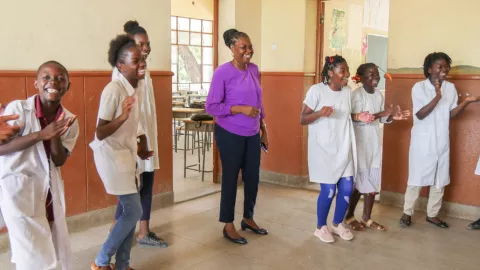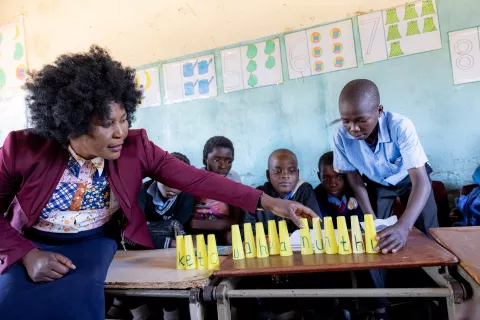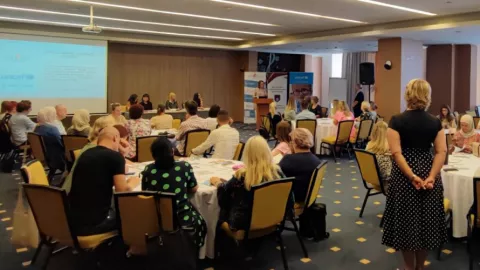Learning at a Distance
Children’s remote learning experiences in Italy during the COVID-19 pandemic

Highlights
Italy was the first country in Europe to implement a nationwide lockdown. Children and their families lived in nearly complete isolation for almost two months. Students missed 65 days of school compared to an average of 27 missed days among high-income countries worldwide. This prolonged break is of concern, as even short breaks in schooling can cause significant loss of learning for children and lead to educational inequalities over time. At least 3 million Italian students may not have been reached by remote learning due to a lack of internet connectivity or devices at home.
This report explores children's and parents' experiences of remote learning during the lockdown in Italy, drawing on data collected from 11 European countries (and coordinated by the European Commission's Joint Research Center). It explores how children's access and use of digital technologies changed during the pandemic; highlights how existing inequalities might undermine remote learning opportunities, even among those with internet access; and provides insights on how to support children's remote learning in the future.
***
Distance learning during the COVID-19 emergency: the Italian experience
Italy was the first country in Europe to have applied the lockdown measure across the entire territory. The children and their families lived in almost complete isolation for about two months. Students missed 65 days of school compared to an average of 27 in other high-income countries around the world. This prolonged interruption is a cause for concern, as even shorter interruptions in teaching can cause significant losses in children's educational attainment and lead to educational inequalities over time. At least 3 million students in Italy have not been involved in distance learning due to a lack of internet connection or adequate devices at home.
This report analyzes the experience of distance learning of children and parents in Italy during the lockdown, based on data collected in 11 European countries (and coordinated by the Joint Research Center of the European Commission). Study the change in children's and young people's access and use of digital technologies during the pandemic; highlights how existing inequalities can reduce the opportunities offered by distance learning, even among those who have access to the internet; and provides insights into how to support distance learning for children and young people in the future.





